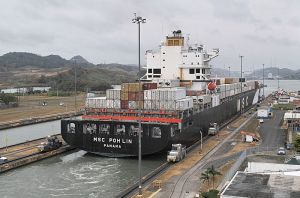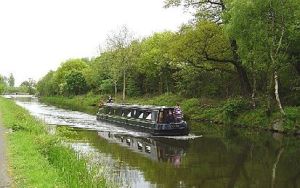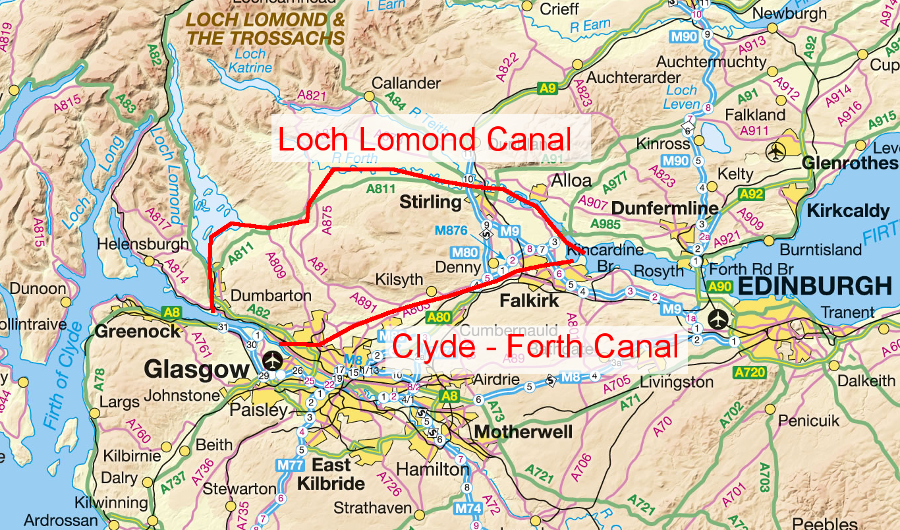 The panama canal is 48 miles cuts through land rising to nearly 100m above sea level is about 35m wide and has 6 locks.
The panama canal is 48 miles cuts through land rising to nearly 100m above sea level is about 35m wide and has 6 locks.
It carries a 1000 ships each year and is supposedly one of the seven wonders of the modern world.
In Scotland we have a canal going from the Clyde to the Forth. It is 35miles long and passes through land that rises to a “massive” … 35 to 40m (yes Scotland does have flat bits). The canal is 7m wide has 39 locks and is impassable most of the time as you have to arrange for a council employee to lift one of the bridges. As a result barely a handful of boats travel the canal – and I’d doubt that there’s more than one a day going from end to end.
barely a handful of boats travel the canal – and I’d doubt that there’s more than one a day going from end to end.
As a result the Panama canal is a huge asset to their country – the Clyde-Forth canal a huge drain on ours (almost literally given the detritus chucked in it). It need not be a drain – or at least we could have a canal that was a huge economic asset to Scotland.
How?
As with all my proposed projects, such as the bridge from British mainland to Ireland, we need politicians of vision and not clone like yes-men.
As there has always been, there is certainly the demand for a route from Europe to the Atlantic, the West Coast of Britain and Ireland, that bypasses the crowded English Channel and avoids the treacherous route and fast currents around the North of Scotland. And such a route could potentially revive ports on the east or west coast of Scotland – turning them into a freight transport hub not just for Scotland but for the North of England.
 There are two potential routes:
There are two potential routes:
1. Following the Clyde-Forth Canal
The southern route shown above largely follows the existing canal – which would be widened to 35m and dug down to sea level. This would create a lock-less route through Scotland. Because the canal largely follows the flood-plain of the River Kelvin (west) and the Bonny Water in the east, the route is mostly devoid of housing and other buildings. However, the western end would cut a rather large swathe through parts of Glasgow – however rather than following the canal – it would make a bee-line for the Clyde.
2. The Lock Lomond option
Loch lomond is 7.6m above sea level. The forth at the A81 is about 15m. Canals could relatively easily be cut from these points to the Clyde and Forth respectively with just one or two locks either way at most.
Between them is a hill rising to a massive 80m. If this were dug down 65m to match the Forth at 15m – and if it were 35m wide with a cut 45degrees, the cut would be a maximum of around 165m wide and 9km long (~7km with more than 35m cut)
However, this route would cut a large swathe through Alexandria which lies between Loch Lomond and the Clyde. Although much of the land near the present river is open and/or industrialised.
See also


I lived in Newbury close to the Kennet and Avon canal, Devizes is famous for its flock of locks.
It’s amazing what people achieved – but now we have politicians who lack the ambition to build even something the size of the old canals let alone something that would be an equivalent undertaking today.